David Shrigley collaborates with Maison Ruinart to create a series of mischievous paintings
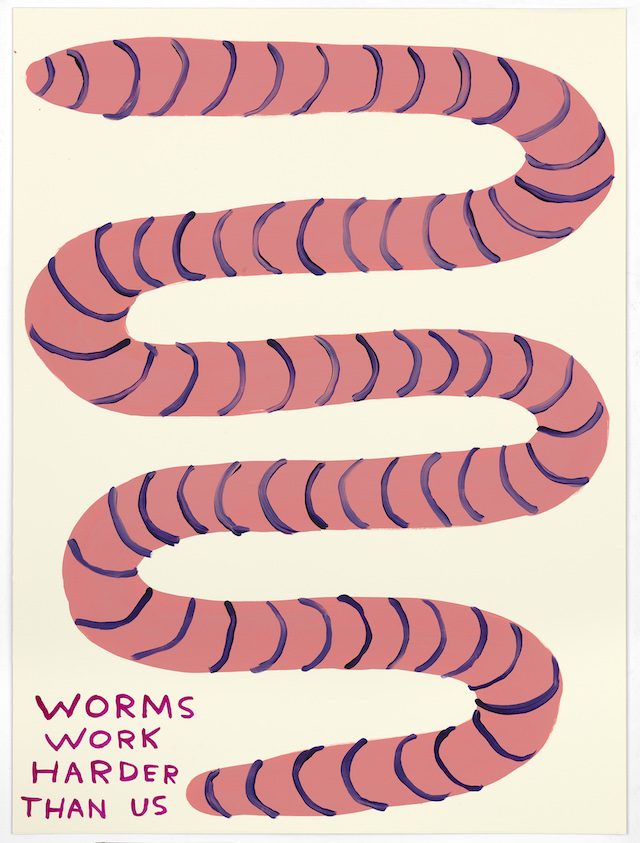
“Art is not the creation of something new, but the creation of connections between things that already exist.”
Aside from the misery of COVID-19, I ask David Shrigley how he’s doing. “I’ve got a few issues right now,” he replies. “All my socks are wearing out, I need to get some new ones. It’s been a bit of a slow start today. I walked up a hill with my dog and was tired afterwards. I’ve got ‘11am: interview’ on my list for today, and that’s it. The day is punctuated by this.” Throughout our talk, Shrigley is wry, deadpan and mischievous – much like his illustrations that are often punctuated with absurd or ironic statements. His satirical snippets on the everyday puncture, question and exclaim with a curious quick wit, or as he puts it, “the compulsive habits of an eavesdropper shouting out loud.”
The Brighton based and Turner Prize nominated artist has just finished a residency of sorts with the world’s very first champagne house, Maison Ruinart. The project’s fruition is a series of tongue-in-cheek painting vignettes that shine a light on the process of cultivating and using the rare Chardonnay grape to produce its cuvées. It continues the Maison’s linguistic overlap and genuinely authentic relationship to the art world, which began when Dom Thierry Ruinart (the uncle of the founder) became Maître d’Art in 1674. Since then, the Ruinart family has commissioned a litany of artists to produce work for the house, from Art Nouveau icon Alphonse Mucha in 1896 to Chinese performance artist Liu Bolin in 2018. Shrigley is the latest in a long line of creatives to leave their mark on the Maison, literally scrawling his impish graffiti on its UNESCO World Heritage Site chalk cellars. Our conversation – about poetry, humour and connecting things that already exist – went as follows.
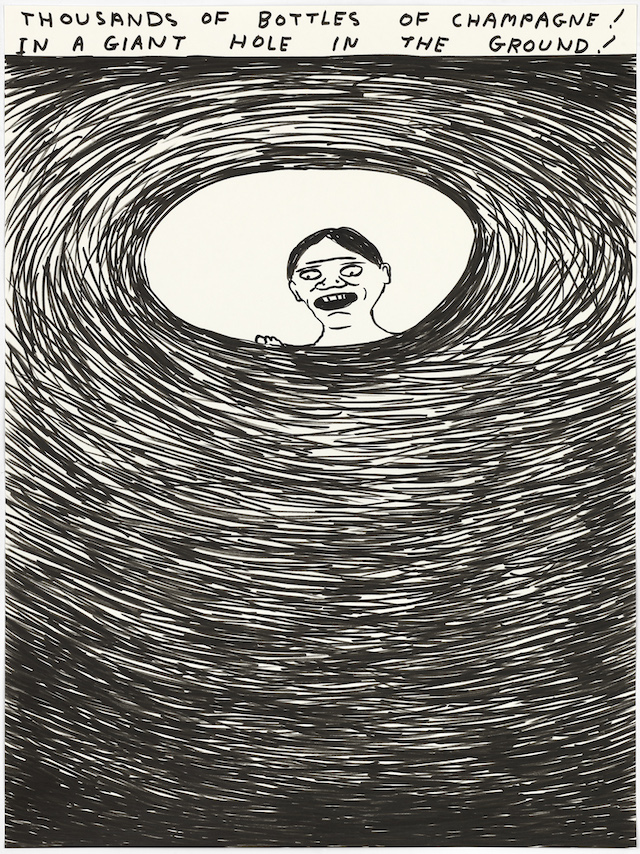
What did you discover when you visited Maison Ruinart?
I went everywhere and saw everything – the vineyard, the machines, the cellar, I talked to the archivist and cellar master. I got a flavour of the place, literally and metaphorically. I go about things in a scattergun kind of way, I’m not particularly academic in how I approach things. I hung out, basically.
Your process is focused on connections and free association – what words and images come to mind at the mention of ‘champagne’?
Ruinart gave me a list of all the words that you associate with the brand; sustainability, elegance, continuity between generations, the ephemerality of nature. Because my world is ironic, but not necessarily cynical, I wanted to extract the comedy and anarchy out of them. I had a lot of fun thinking about ‘elegant moments’. What is inelegant? Larger? On a long flight I wrote some poems about these words. My elegant poem went: ‘I usually try to be elegant. I wear elegant clothes and I brush my hair. But at the weekends there seems little point and I walk around unwashed and naked.’ I sent them to Ruinart and there was tumbleweed. When I’m thinking about them now I can see Cecile’s – the marketing manager – face.
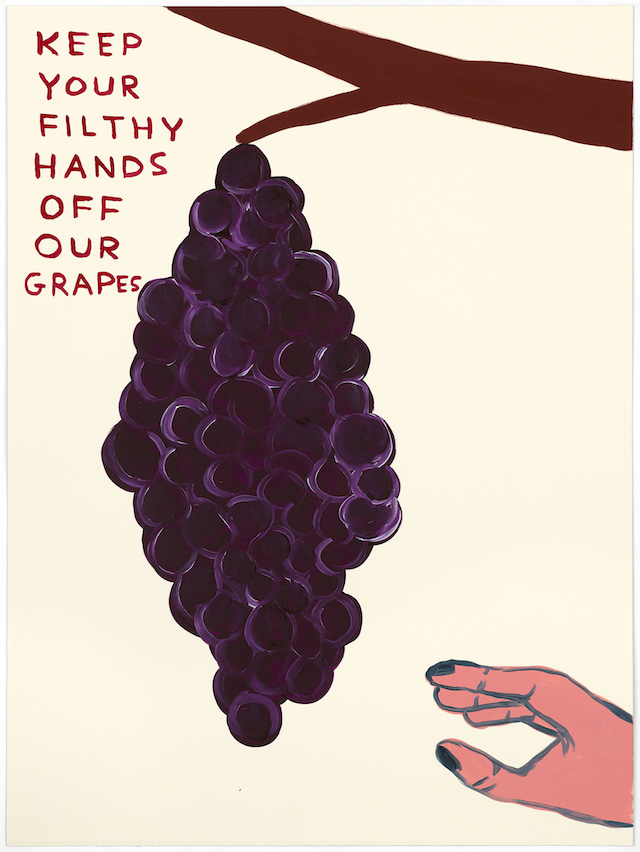
What balance of freedom and structure does a project like this give?
You have to compromise a bit, obviously. The work is about champagne production, albeit in an oblique way. My work functions in a similar way to marketing or advertising artwork in the sense that I like missives and direct messages. I made a lot of statements about the product, the process, the company, then asked them: ‘how do you feel about this? What do you think this means?’. There was a lot of work that was made that wasn’t used, only one in three drawings were made into paintings, but it was a pretty easy process.
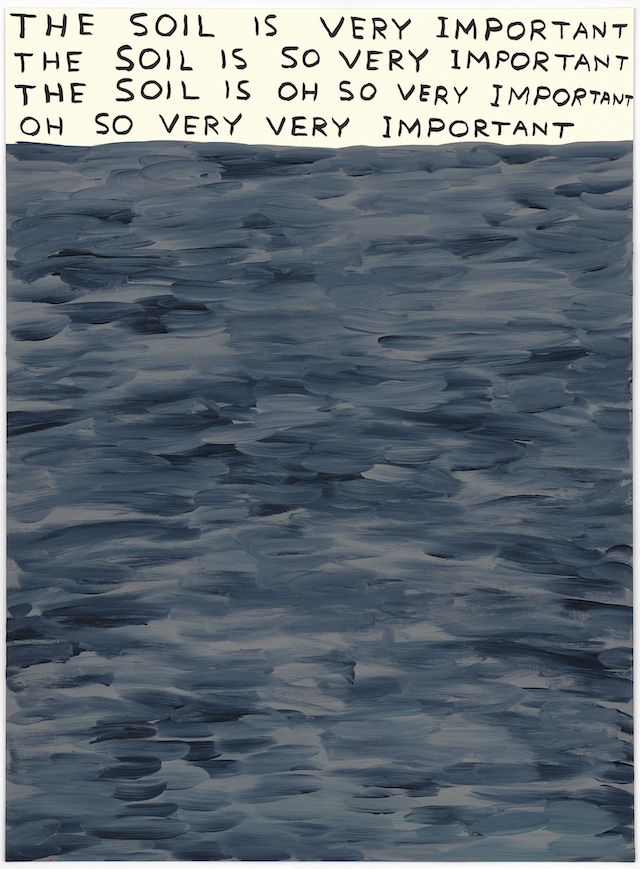
How do you know which ones need to be discarded? Is it instant intuition, laboured rumination?
If you’re making graphic work, you want it to be finished. I don’t let anybody see it or interact with it until I feel it’s finished. Then the editing processes, inevitably in this situation, has to be a collaborative thing. In recent years, I’ve slightly let go of the editorial reins for collaborative partnerships. Works change, you have to understand that your perception of the work is different from everybody else’s. There’s a statement that I seem to come back more and more, which is that ‘every work is a work in progress’. Your participation in creating the work is over and you’re never in control of what it means. Contexts change, and that’s something you can’t fret over.
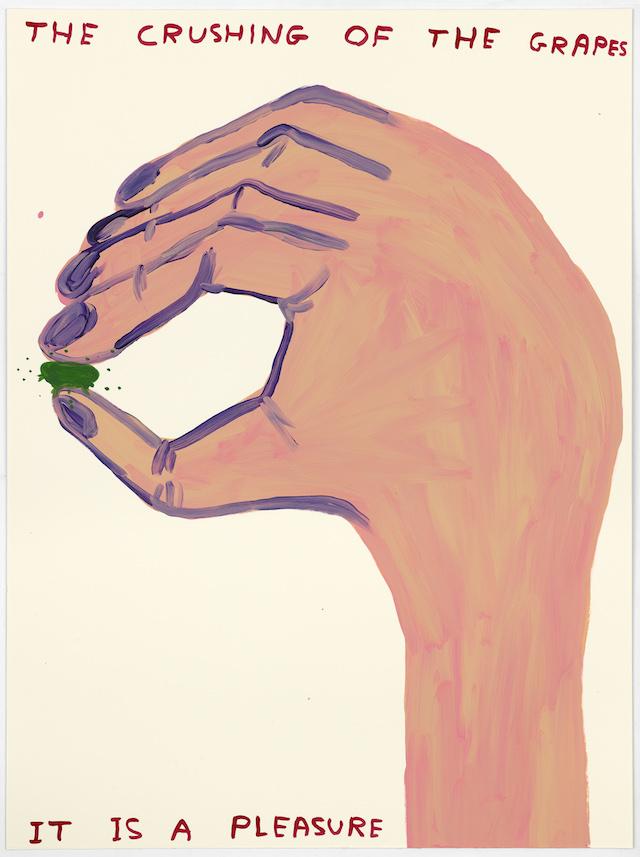
What role does humour have in your work?
I’ve been interviewed about my work for nearly 25 years. In the beginning, I was always keen to stress that my work was incidentally funny. The plan was always to create something that was profound or poetic, and it sort of ended up being funny, it was a facet of it. Over the years, I’ve come to realise that comedy is very much at the centre of what I do. It can be comic as well as a profound, I suppose. Maybe the best comedy is all those things. The difficulty of it in terms of being an artist is that people expect you to be funny all the time. If you’re an artist, you can be whatever you like. That’s the privilege of being an artist. Comedy is something I love about the world, it’s special, sublime, nebulous. You can’t quite identify it. Explaining why something is funny immediately pours cold water on it.
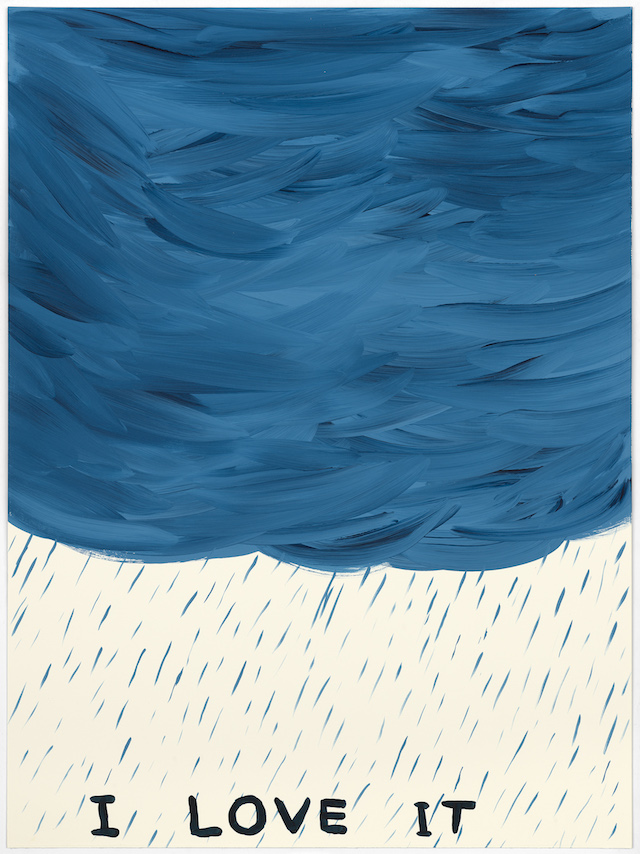
Apart from worn out socks, how is life in lockdown?
It’s quite agreeable in lots of ways for me, relatively speaking. I don’t have to go into a big studio, I can happily work at home in my spare room. I’ve been making drawings for the last six weeks and my main problem has been worrying about other people. I feel almost slightly ashamed that I’m enjoying it.
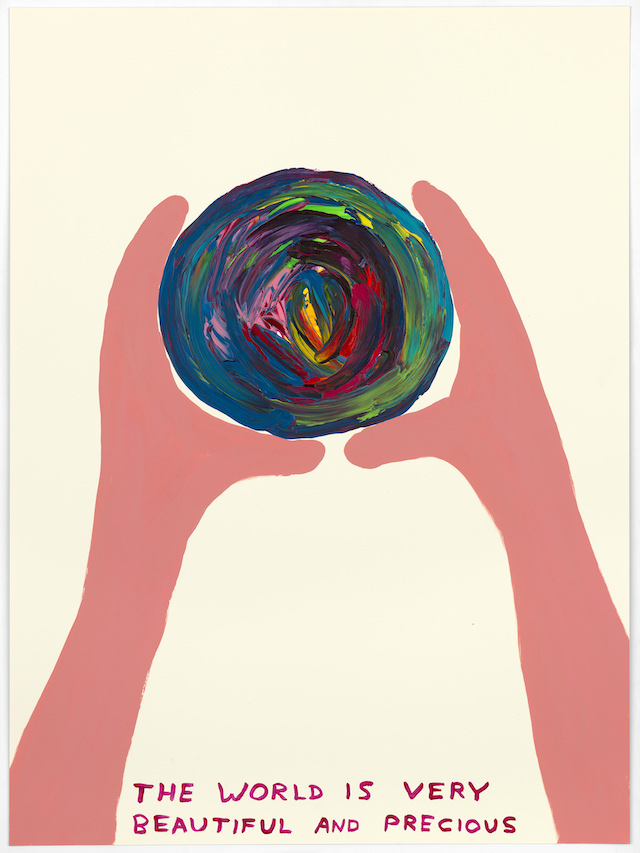
The work was destined to be shown at art fairs, how will our current predicament shape the work?
You have to adapt to every situation. We had no choice and had to be resourceful. Online is obviously something I’m not afraid of, because I’m engaging with that every day through social media. It’s quite a comfortable way to present the work for me. In an art fair context, there’s a finite number of people who can come and see the show. When you’re presenting it online, there’s an infinite number of people who will see it – that’s exciting. We’ll find a way to keep the narrative and conversation going. And then, they can give me my champagne! My wife has been champing at the bit, we had to buy some from the Wine Society, which was very disappointing, I have to get to a certain point for when they deliver the champagne and with the art fairs closed I haven’t reached it! I’ll just have to drink the cheap stuff…